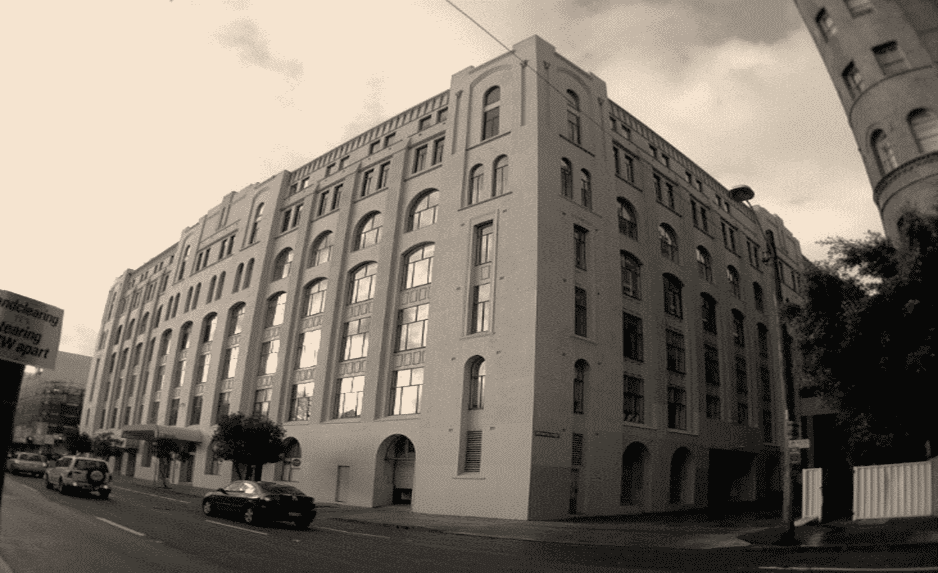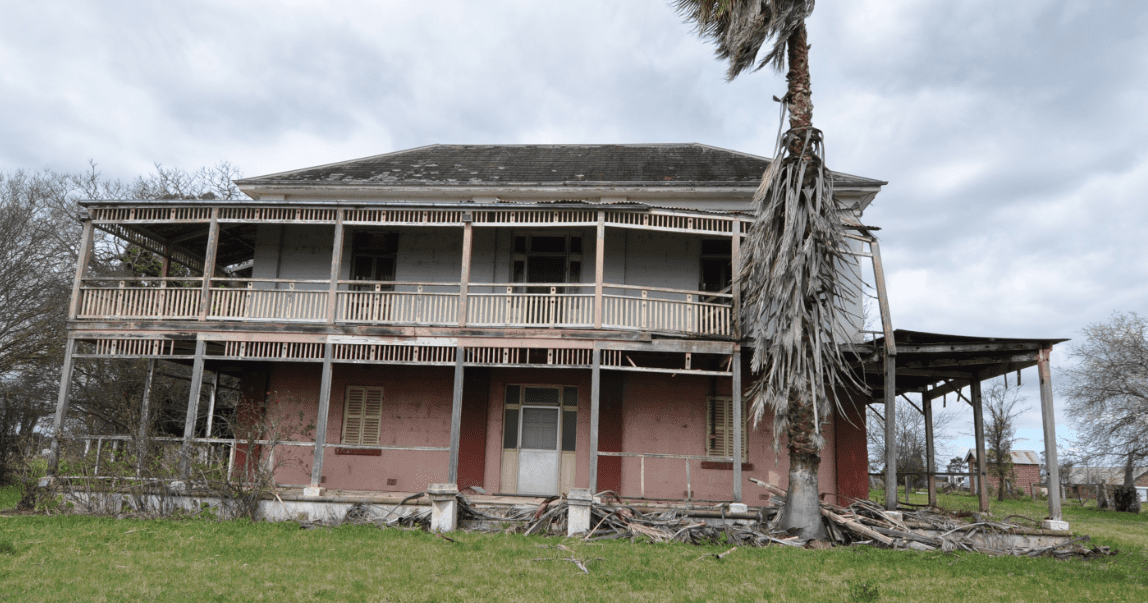Professional Associations
 In reality, who makes decisions about heritage buildings and places regarding change? At the local level, is it councils, owners, developers, private planners, architects or their clients? There are many parties involved in heritage projects including builders, tradespeople, finance companies, engineers, conservators, economists, real estate agents, members of the community, Court commissioners, panellists, researchers, planners, builders, developers, government authorities and legal practitioners. The web of involvement is wide ranging and diverse. Yet, how many of these individuals, groups and authorities is sufficiently experienced or qualified to make decisions on behalf of heritage buildings that have stood the test of time?
In reality, who makes decisions about heritage buildings and places regarding change? At the local level, is it councils, owners, developers, private planners, architects or their clients? There are many parties involved in heritage projects including builders, tradespeople, finance companies, engineers, conservators, economists, real estate agents, members of the community, Court commissioners, panellists, researchers, planners, builders, developers, government authorities and legal practitioners. The web of involvement is wide ranging and diverse. Yet, how many of these individuals, groups and authorities is sufficiently experienced or qualified to make decisions on behalf of heritage buildings that have stood the test of time?
 The practice of cultural built heritage is ultimately a social engagement with heritage fabric, yet the lines of communication are blurred. Does ownership confer a greater authority than local government or state authorities? Do developers bend the rules? Do owners attempt to cut corners? Do architects fudge the information? Do assessors turn a blind eye or de-emphasise that which ought to be given greater prominence? What is the impact of neoliberalism and privatisation upon cultural built heritage practice?
The practice of cultural built heritage is ultimately a social engagement with heritage fabric, yet the lines of communication are blurred. Does ownership confer a greater authority than local government or state authorities? Do developers bend the rules? Do owners attempt to cut corners? Do architects fudge the information? Do assessors turn a blind eye or de-emphasise that which ought to be given greater prominence? What is the impact of neoliberalism and privatisation upon cultural built heritage practice?
This blog alludes to the need for accreditation in cultural built heritage. If nothing else, to build a level of consensus in society as to what is acceptable heritage practice. What systems are commonly applied in Europe, the UK and USA and how do they compare with Australian practices and attitudes? Why have we not got an accredited system in Australia? The practice of cultural built heritage ought to be based on solid academic principles and industry best practice endorsements. Without accreditation we have a situation akin to the Wild West in which completely unqualified individuals and parties make decisions about our valuable cultural assets. It is time to stop and think before it is too late. Cultural built heritage is a finite resource and it needs to be treated with care and only by qualified professionals.
 There are many guidelines and charters that have been produced such as those by Australia ICOMOS and others from overseas. These charters constitute the basis upon which best practice in the industry should be approached. They are guidelines only and need to be combined with principles of education, knowledge sharing and leadership. A few charters and guidelines are listed below to put things in perspective;
There are many guidelines and charters that have been produced such as those by Australia ICOMOS and others from overseas. These charters constitute the basis upon which best practice in the industry should be approached. They are guidelines only and need to be combined with principles of education, knowledge sharing and leadership. A few charters and guidelines are listed below to put things in perspective;
- The Valletta Principles for the Safeguarding and Management of Historic Cities, Towns and Urban Areas – Adopted by the 17th ICOMOS General Assembly on 28 November 2011;
- The Burra Charter 2013
- State of the Environment Report – 2011
- Managing Cultural World Heritage – published in November 2013 by the United Nations Educational, Scientific and Cultural Organization
- National Planning Policy Framework – Department for Communities and Local Government, 2012 – UK
- BSI Standards Publication – Guide to the Conservation of Historic Buildings, UK
Most important of all, our universities, technical institutions and even high school curricula should develop accredited systems and approaches toward the teaching of cultural built heritage in the 21st century. In this fashion, less errors and losses will occur and the predominance of cultural concerns over those of a political and economic nature will prevail.
Paul Rappoport – Heritage 21 – 12 June 2015
Related Articles

Incentivising Ownership of Heritage Buildings
In response to the recent enquiry by the government relating to the NSW Heritage Act, I made the following recommendation.…
Read more
Does the NSW Heritage Act Reflect the Expectations of the NSW community?
In the recent NSW Heritage Act inquiry, I submitted a series of recommendations to the government seeking community response in…
Read more
A New Heritage Council for NSW
In the recent NSW Heritage Act inquiry, I submitted a series of recommendations to the government seeking community response in…
Read more
Heritage has become increasingly Litigious, Mysterious and Flaccid
I have been practicing as a heritage architect in NSW for the last 30 years and during that time, I…
Read more

Need help getting started?
Check out our guides.

Complete the form below to contact us today.








